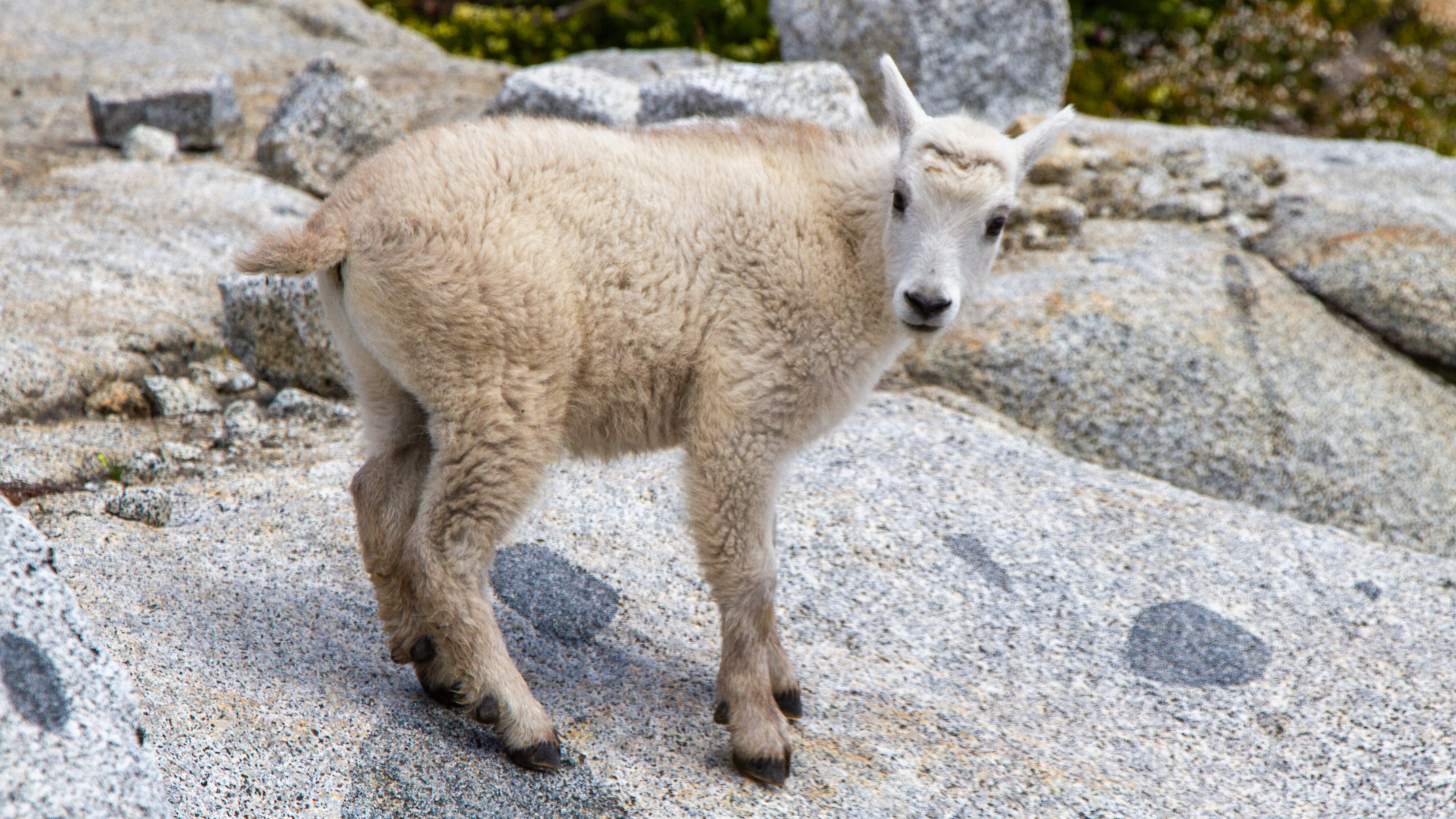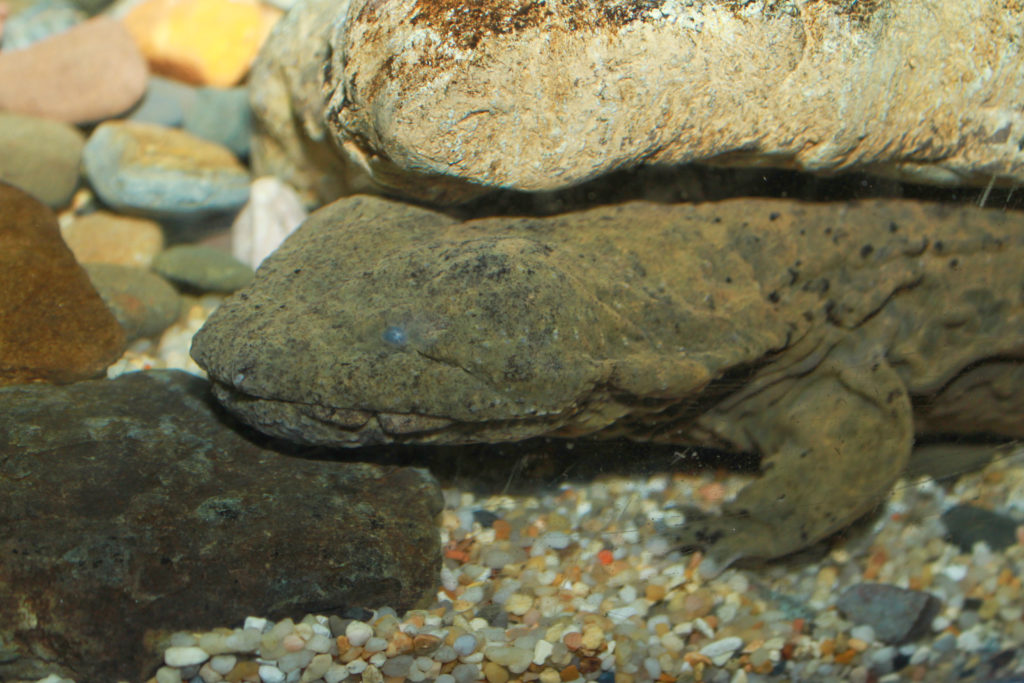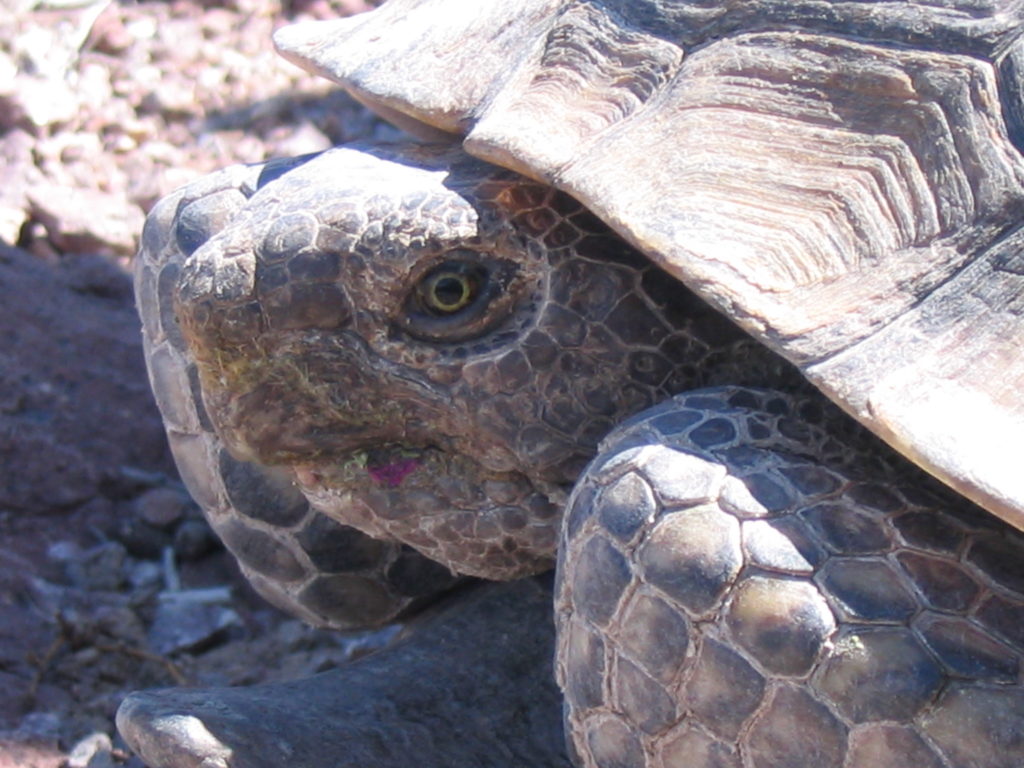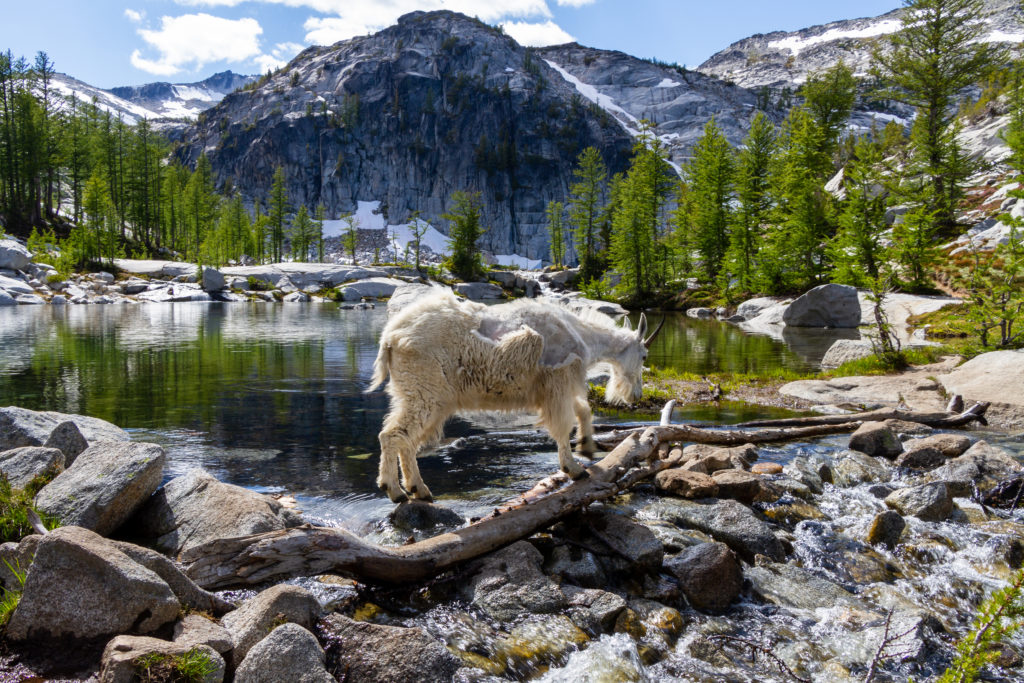Seven Principles
Three Things You Didn’t Know About Respecting Wildlife


Mountain goats on the hunt for human pee? A two-foot long salamander who can live for 30 years under the same rock? When it comes to our sixth principle, “Respect Wildlife,” there’s no one-size-fits-all way to do it! That’s why it’s important to “Plan Ahead and Prepare” (you know we had to say it) and learn about the specific ways you can protect yourself AND animals on your next outdoor adventure. And you can start right here with these three wildlife fun facts!



3. Mountain Goats: These salt-craving ungulates live in high alpine areas. They crave salt and have been known to unabashedly slurp human pee to get it. If hydrated hikers “water” the sparse alpine plants – which have a very short growing season – goats will chew the plants in their quest for salt. To prevent the destruction of plants and dangerous interactions (mountain goats have injured and killed humans with their sharp horns), hikers can pee on rocks or in crevices, well away from trails and campsites, or in backcountry toilets, where available.
Enjoy Your World. Leave No Trace.
Leave No Trace’s Jessie Johnson and Matt Schneider are part of the 2019 Subaru/Leave No Trace Traveling Trainer Program that provides free, mobile education to communities across the country. Proud partners of this program include Subaru of America, REI, Eagles Nest Outfitters, Deuter, Thule, Fjällräven and Klean Kanteen.
Let’s protect and enjoy our natural world together
Get the latest in Leave No Trace eNews in your inbox so you can stay informed and involved.
